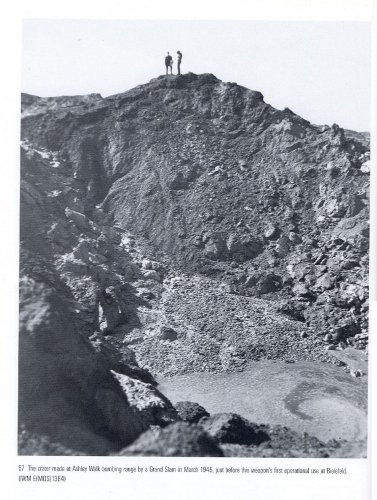I found this article..
"Can we blast Japan from below?"
(January 1944) is an article by an eminent geologist who proposes bombing Japan’s volcanoes as a strategy for winning the war.
Given Japan’s seismic instability and the explosive nature of volcanoes, dropping bombs into volcanic craters might, in the words of the author, “cause such a vomiting of lava and ash as to hasten the day of unconditional surrender.”
http://books.google.com/books?id=_ykDAAAAMBAJ&lpg=PA103&dq=can%20we%20blast%20japan%20from%20below&as_brr=1&as_pt=MAGAZINES&pg=PA103#v=onepage&q&f=false
Was this plan ever feasible? Had the US such bombs at their disposal at the time?
Love some feedback
Rob
"Can we blast Japan from below?"
(January 1944) is an article by an eminent geologist who proposes bombing Japan’s volcanoes as a strategy for winning the war.
Given Japan’s seismic instability and the explosive nature of volcanoes, dropping bombs into volcanic craters might, in the words of the author, “cause such a vomiting of lava and ash as to hasten the day of unconditional surrender.”
http://books.google.com/books?id=_ykDAAAAMBAJ&lpg=PA103&dq=can%20we%20blast%20japan%20from%20below&as_brr=1&as_pt=MAGAZINES&pg=PA103#v=onepage&q&f=false
Was this plan ever feasible? Had the US such bombs at their disposal at the time?
Love some feedback
Rob

